Ahead of the CP+ Photoshow that will start in Japan in a few days, Sigma unveiled no less than four different products. We get a new mirrorless camera with Foveon technology that will be available in two versions, along with two lenses and one adaptor.
As usual, I’ve reserved our more personal thoughts about these products for MirrorLessons. You can find the individual news reports on our Curation Website.
The new SD Quattro and SD Quattro H
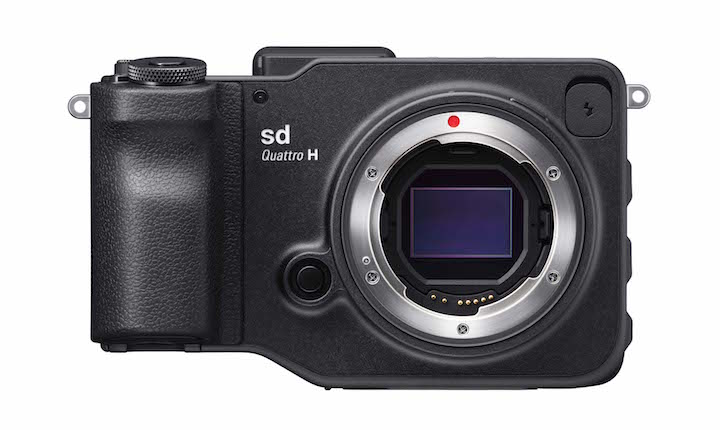
The most important announcement is definitely the new SD Quattro camera (hands-on here). We’ve had the chance to review the DP Quattro cameras and really appreciated the image quality they deliver.
Sigma opted to go mirrorless but kept the flange distance required for its DSLR lenses to avoid the use of adapters. This choice can be observed in the very design of the camera, starting from the mount that protrudes from the camera body.
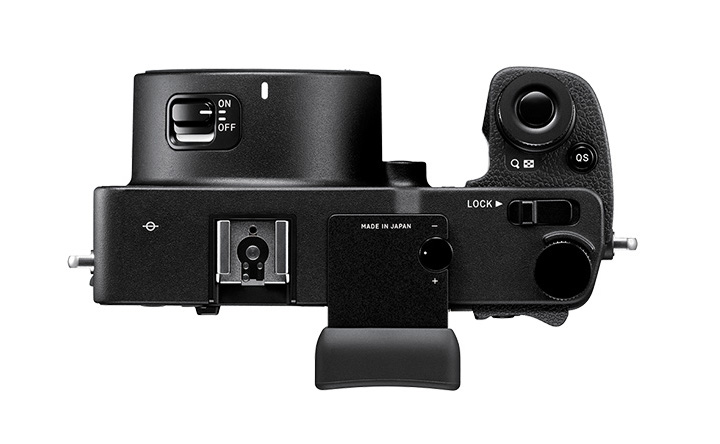
But let’s rewind a little bit. Sigma embarked on its Foveon adventure with the SD9 in 2002. There are now five SD models in total, the SD1 being the latest. In 2006, the brand also launched a series of compact cameras with fixed prime lenses, the DP series. So far, there have been four generations, the latest being the Quattro line-up.
One of the criticisms of the DP compact cameras was the lack of an interchangeable-lens option and EVF, both of which would make the series more attractive. The new SD cameras are a mix of both the DSLR and DP line-ups. The body is compact and we get a built-in EVF. Instead of designing new lenses, Sigma opted to use its existing SA mount to make these new cameras compatible with their existing lens catalog, including the popular Art series.
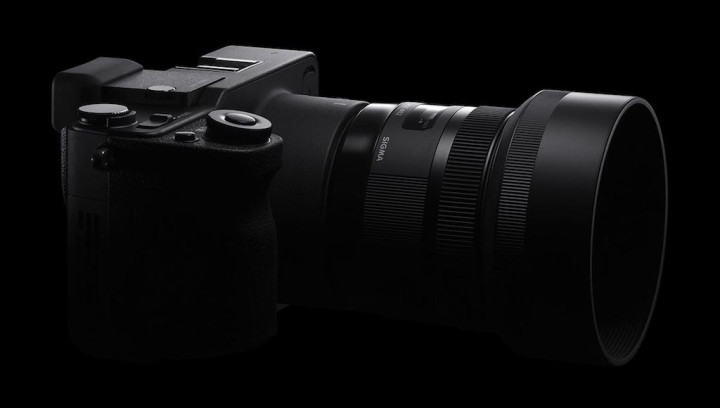
Even though some lenses will definitely feel bulky and heavy on the new compact body, I think Sigma made a logical decision to start up a more serious business within the mirrorless segment. The Foveon sensor is not as versatile as other standard CMOS chips but it does excel for a few genres like landscapes or studio work thanks to its stunning detail rendering and colour accuracy. Designing a camera that is smaller and making it compatible with some of the best lenses out there is a good way to test the waters. I won’t deny that smaller lenses and a dedicated mount for a 100% mirrorless product would have been ideal but with Foveon products making up such a small niche, I understand why Sigma is being cautious.
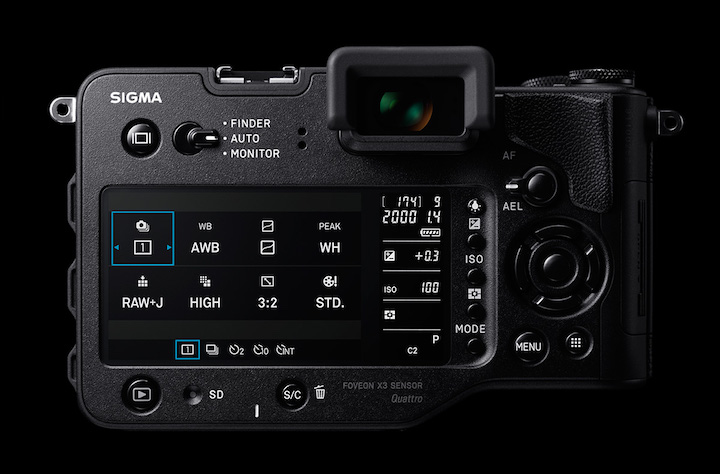
You might be asking yourself why there are two versions of the same camera.
The SD Quattro has the same APS-C sensor as the DP Quattro series with the benefit of a new hybrid AF system and image processor. These updates should make the camera faster. The SD Quattro H has a larger sensor whose dimensions are between APS-C and full-frame. It is the same APS-H format that Leica used for its first digital M camera (M8) and that Canon used for some of its high-end DSLRs.

The choice is rather curious. Why not go full-frame directly? I can only imagine that Foveon technology may not be at the stage where full-frame is possible, so they went with an alternative solution that would provide a smaller crop factor (1.3x with APS-H format). Being a new sensor, I am curious to see if any improvement has been made to dynamic range or high ISO performance (100-6400).
There is a new mode called Super Fine Detail exposure where the camera merges 7 shots to increase the dynamic range and get rid of any noise. The latter could be useful at higher sensitivities but of course, a tripod will be required.
New lenses and the new MC-11 adaptor
When it comes to lenses designed for mirrorless cameras, Sigma has been moving at very slow pace. Following the DN series (19mm, 30mm and 60mm f/2.8), we now have the new 30mm f/1.4 for both Sony E-mount and Micro Four Thirds cameras. The lens covers the APS-C format for an equivalent focal length of 45mm (or 60mm on m4/3).

It is an interesting standard focal length for the Sony APS-C because of the 1.4 aperture. On m4/3 it can be a good portrait lens since it is supposed to have the same optical quality as the Art series.
At this point, I can only wonder why Sigma didn’t make a version for the Fuji X mount too. Doing so would have expanded their customer base. Plus, it would be nice to see a Sigma option for Fujifilm cameras. After all, it is just a question of changing the mount, something that Zeiss did with the Touit lenses.
The second lens is a stunning 50-100mm f/1.8. It is the second zoom lens from the brand with a constant aperture of f/1.8 after the 18-35mm. This lens has been designed for DSLRs and will be available for Sigma, Canon and Nikon mounts.
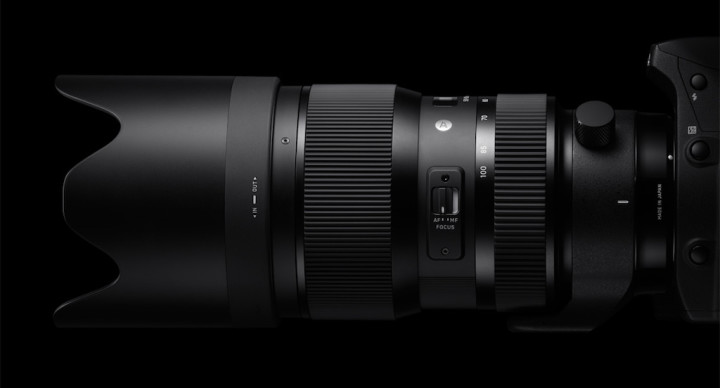
However given its attractive price I can also see it becoming an option for the upcoming Sony a6300. If the new hybrid AF system of the camera can perform well with DSLR lenses via an adaptor, the Sigma lens could become an interesting option. The 70-200mm f/4 is slower while the new 70-200mm f/2.8 will be much more expensive.
Sigma’s decision to bolster ties to the mirrorless market is also evidenced by the new adapter (MC-11), which has been designed for Sony E-mount cameras and follows the trend of adaptors being used on the A7r II in particular.
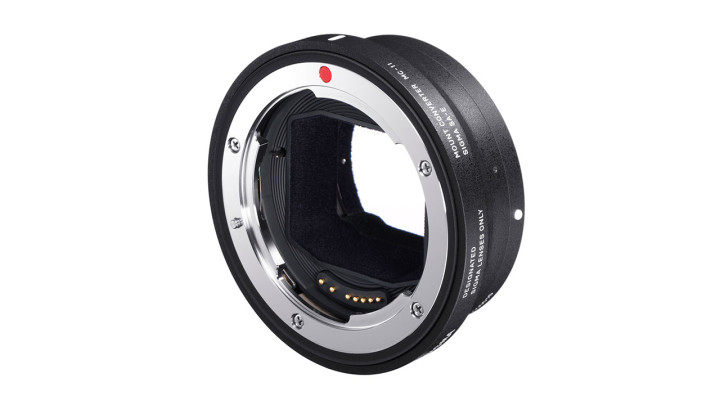
Update: according to latest reports, the MC-11 seems to enable all the AF modes on Sony cameras including Eye AF (which is great news!).
However, before anyone starts celebrating, it is worth noting that the new adapter currently doesn’t support Continuous AF. I honestly don’t understand this decision. Other adaptors such as the Metabones Mark IV give good results in C-AF with Sony cameras (check out this article for example).
It is hard to understand why Sigma didn’t plan to make its adaptor at least as complete as its competitors’ products. My hope is for a firmware update since the MC-11 is capable of being updated via a USB dock. If Sigma wants to approach Sony users, I think that C-AF is in order.
Conclusion
Although I enjoyed reading about these new announcements and I am very curious to try out the new SD Quattro H, I still feel that Sigma is approaching the mirrorless market a little too cautiously.
I understand that the mirrorless market brings in less profit than the DSLR market. However, because most mirrorless systems are young, they lack a complete lens offering. Sigma should see this as an untapped market. They could release lenses that either aren’t available or that are available but are more expensive (which is something that Sigma already does with its Art series).
I am sure that Sony users would appreciate an affordable 35mm 1.4 or 85mm 1.4 and Fujifilm users would be interested in a 56 or 60mm 1.4 just to name a few.
